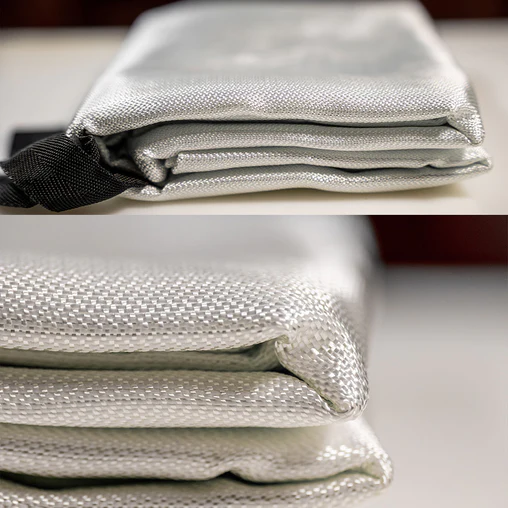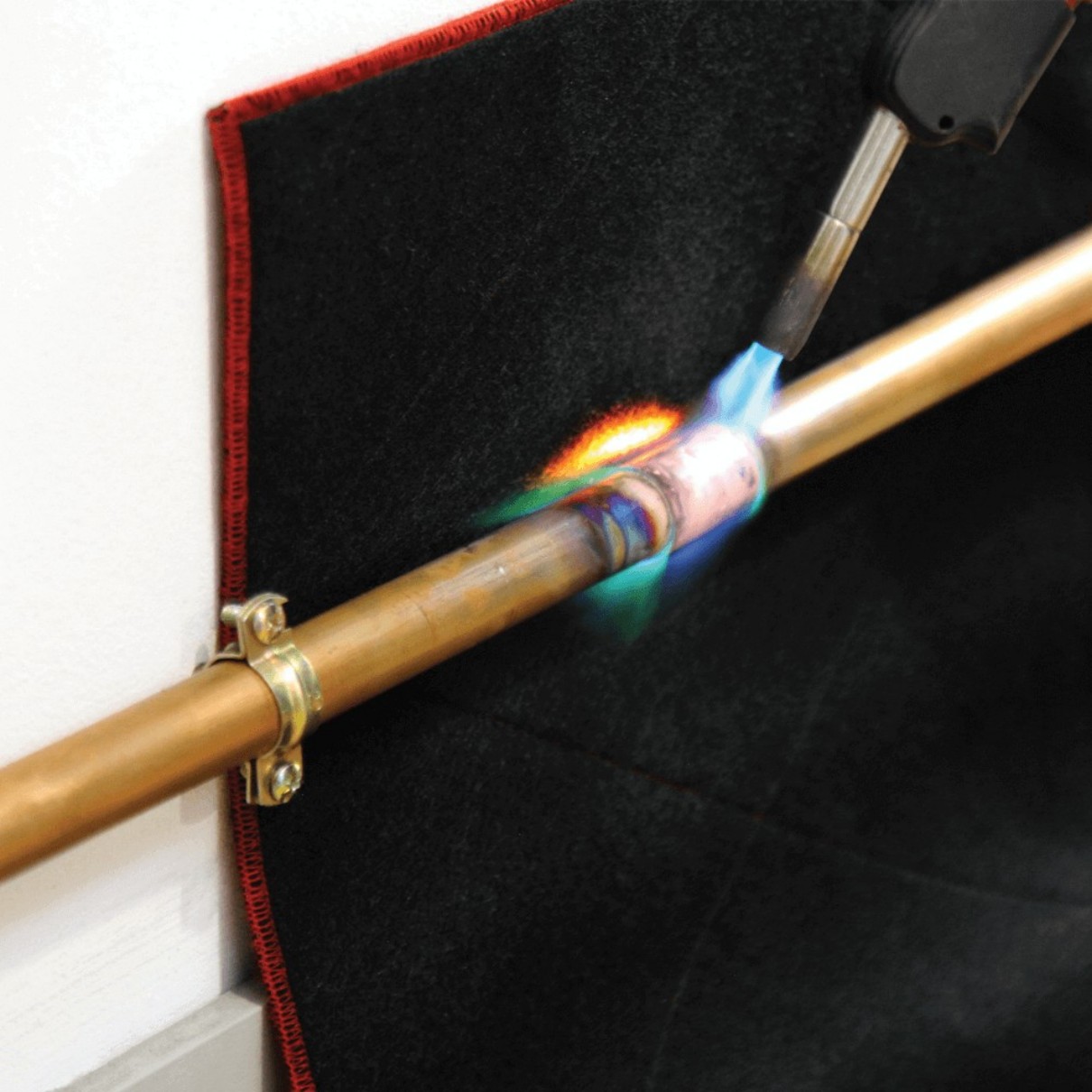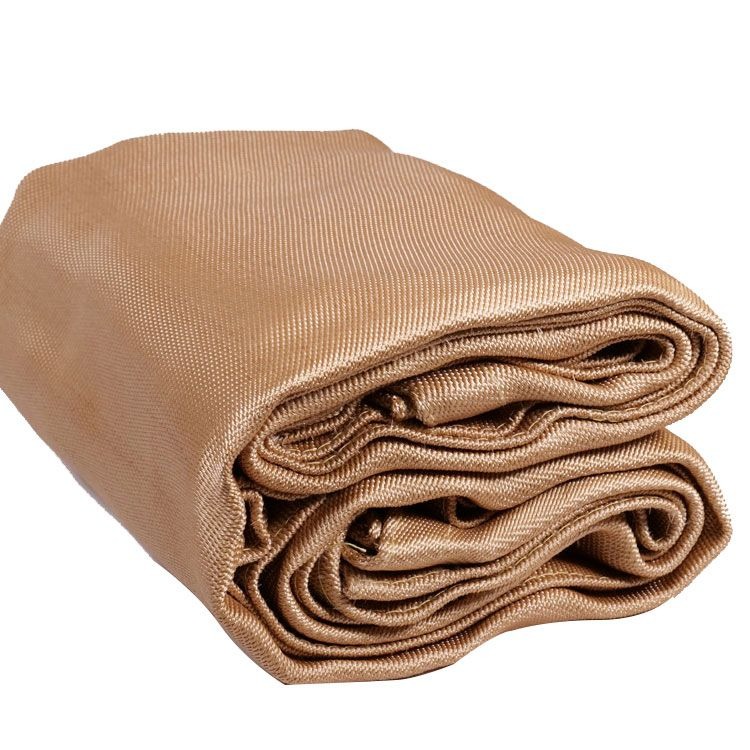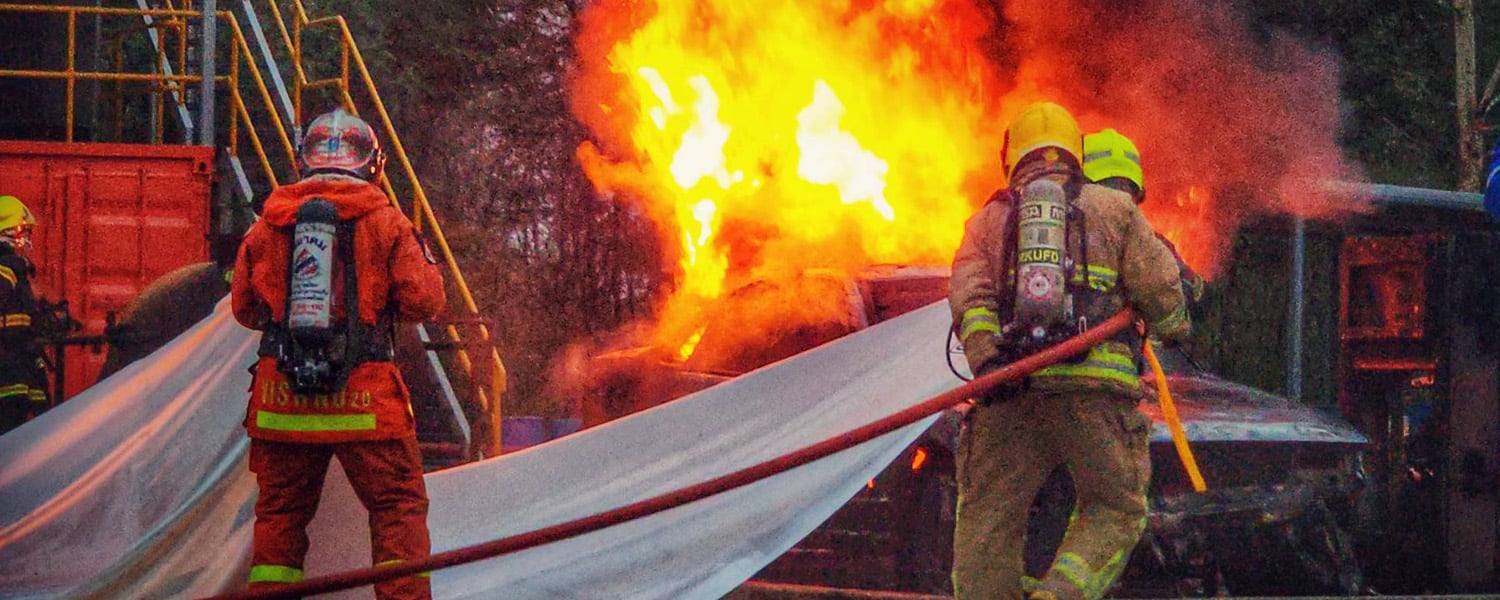Fire Blanket Use on Person: Step-by-Step Emergency Guide
This guide explains proper fire blanket use on a person during clothing fires. You'll learn emergency response steps, safety precautions, and how fire blankets smother flames effectively without causing further injury.

When to Use a Fire Blanket on Someone
Fire blankets work best for small clothing fires or when a person's upper body catches fire. They're ideal when:
- Someone's clothing ignites from cooking accidents or electrical sparks
- The victim cannot stop, drop, and roll effectively
- Burns are limited to a small area (not full-body engulfment)
Step-by-Step: How to Use a Fire Blanket on a Person
Key Safety Note:Never wrap a fire blanket around someone's head - this can cause smoke inhalation or worsen facial burns.
- Assess the situation:Ensure your own safety first. Don't become another victim.
- Shout instructions:Tell the person to "STOP, DROP" if they're still standing.
- Unfold the blanket:Hold the blanket by its corners or tabs to protect your hands.
- Cover completely:Place the blanket over the flames, starting from the neck downward.
- Smother flames:Press gently to cut off oxygen without rubbing the burned areas.
- Hold in place:Keep the blanket covering until all flames are extinguished (usually 30-60 seconds).
- Call emergency services:Even for small burns, medical evaluation is crucial.
Why Fire Blankets Work for Person Fires
Fire blankets smother flames by:
- Cutting off oxygen supply (fire triangle principle)
- Containing heat and preventing spread
- Providing a non-flammable barrier between skin and flames
Modern fire blankets are made from fiberglass or wool treated with fire-retardant chemicals that can withstand temperatures up to 900°F (482°C).
Critical Safety Precautions
When using a fire blanket on someone:
- Never use on chemical fires (requires specialized extinguishers)
- Avoid covering the face - leave breathing space
- Don't remove the blanket too quickly - smoldering may restart
- After use, dispose of contaminated blankets properly
- Seek medical attention for any burns, no matter how minor
First Aid After Fire Blanket Use
After extinguishing flames:
- Cool burns with room-temperature water (not ice) for 10-15 minutes
- Remove jewelry near burned areas before swelling occurs
- Cover with sterile, non-stick dressing (no cotton wool)
- Keep the person warm to prevent shock
- Monitor breathing until medical help arrives
Fire Blanket vs. Fire Extinguisher for Person Fires
Fire blankets are often better than extinguishers for clothing fires because:
| Feature | Fire Blanket | Fire Extinguisher |
|---|---|---|
| Direct contact | Yes - smothers effectively | No - may spread flames |
| Chemical exposure | None | Possible irritants |
| Training required | Minimal | Moderate |
| Cleanup | Easy | Messy |
Choosing the Right Fire Blanket
For personal fire protection, select blankets that are:
- BS EN 1869:1997 or ASTM F1989 certified
- At least 3.3 x 3.3 ft (1 x 1 m) for adult coverage
- Made from fiberglass with silicone coating (most durable)
- Stored in quick-release containers for emergency access
Practice Makes Perfect
Consider these training tips:
- Conduct fire blanket drills annually
- Practice removing from wall mounts quickly
- Simulate covering techniques on volunteers (without real fire)
- Review emergency numbers and first aid protocols
Remember:Proper fire blanket use on a person can mean the difference between minor and life-threatening burns. Keep blankets accessible in kitchens, labs, and workshops where clothing fires are most likely.






